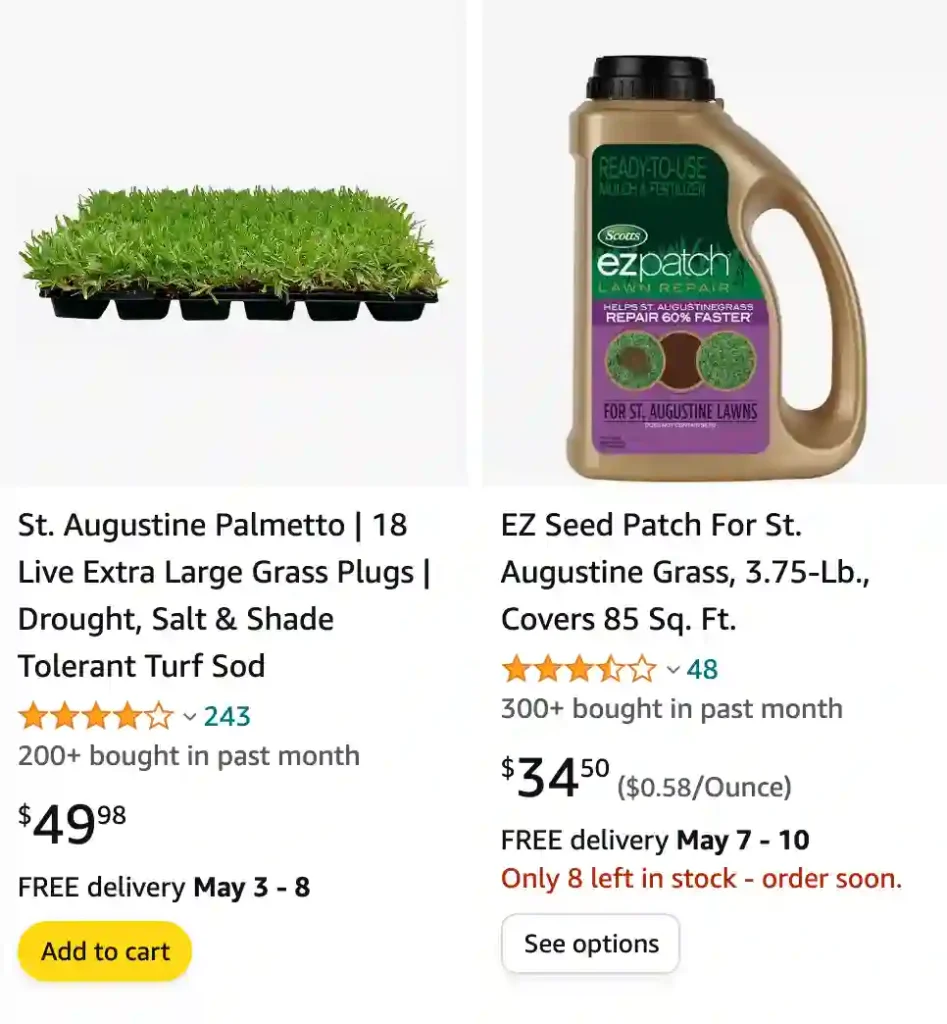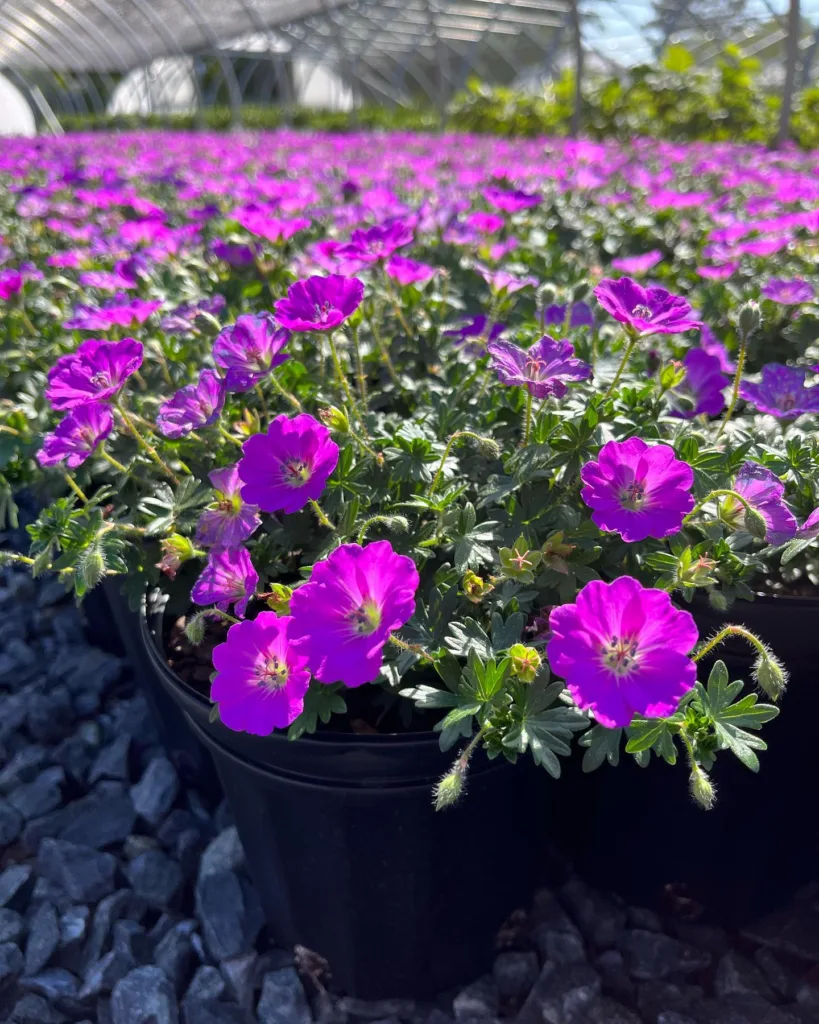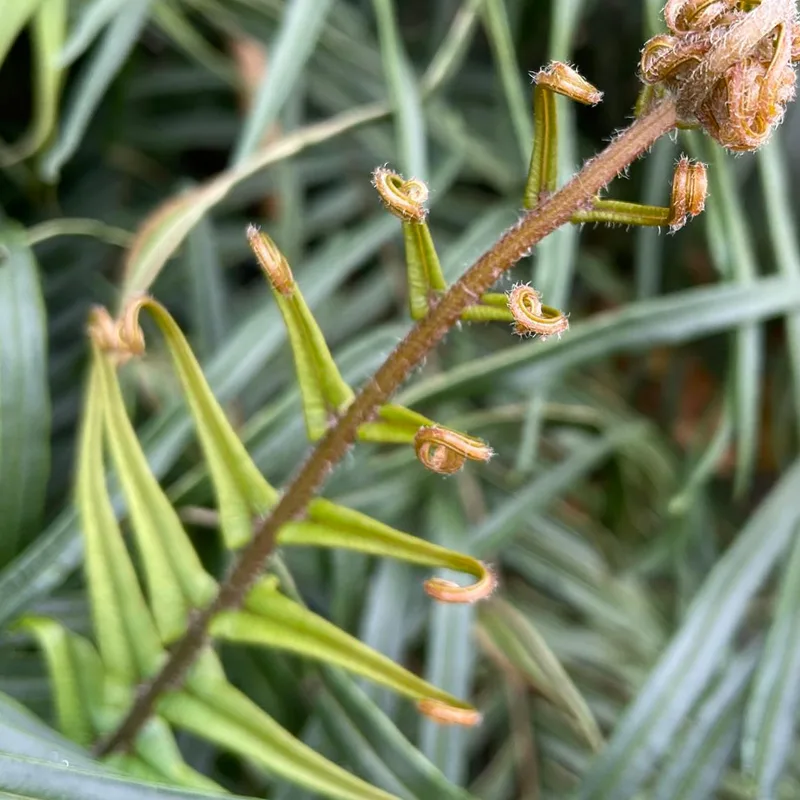
How much is a pallet of St. Augustine grass?
I remember when I was looking into landscaping my backyard with St. Augustine grass, and the price of a pallet was quite surprising to me. Back then, a pallet of St. Augustine grass typically cost around $150 to $300, depending on factors like the quality and quantity. I found that the price could vary based on where you’re located and the season, but it was a worthwhile investment for me because of its lush appearance and durability. Though the initial cost may seem a bit high, the beauty and resilience of St. Augustine grass made it worth every penny for me.
How to plant St. Augustine grass?
Planting St. Augustine grass was a bit of a learning curve for me, but it turned out to be a rewarding experience. First, I made sure to prepare the soil by removing any debris and weeds and then tilling the soil to loosen it up. Next, I laid down the sod or plugs of St. Augustine grass, making sure to stagger the joints like brickwork to prevent gaps. I watered the area thoroughly immediately after planting to help the roots establish themselves. After that, I continued to water the grass regularly, ensuring it received about an inch of water per week until it was fully established. It was important for me to avoid heavy foot traffic on the newly planted grass to give it time to grow strong and healthy. Overall, patience and proper care were key to successfully planting St. Augustine grass in my yard.
What does St. Augustine grass look like?
St. Augustine grass has a distinctive appearance that sets it apart from other types of grass. When it’s well-maintained and healthy, it has a lush, dense growth habit with broad, flat blades that are a vibrant green color. One thing I noticed about St. Augustine grass is its ability to form a thick carpet-like covering, which gives it a luxurious look. Additionally, it often has a slightly blue-green hue, especially when it’s grown in optimal conditions with sufficient water and sunlight. Overall, its robust growth and rich color make St. Augustine grass a standout choice for lawns and landscaping projects.
When to fertilize St. Augustine grass?
Fertilizing St. Augustine grass was always a task I approached with careful timing to ensure the best results for my lawn. Typically, I found that it’s best to fertilize St. Augustine grass during its active growing season, which is in the spring and summer months. For me, this meant applying fertilizer around late spring, just as the grass was coming out of its dormancy and starting to green up. I made sure to choose a fertilizer specifically formulated for St. Augustine grass and followed the instructions on the package carefully to avoid over-fertilizing, which can cause damage. Additionally, I found it beneficial to apply a second round of fertilizer in the early fall to help the grass stay healthy through the winter months. By timing my fertilizer applications just right, I was able to keep my St. Augustine grass looking lush and vibrant year-round.
What is the best fertilizer for St. Augustine grass?
In my experience, finding the best fertilizer for St. Augustine grass often involved considering its specific nutrient needs and the overall health of my lawn. I found that a balanced fertilizer with a nitrogen-phosphorus-potassium (NPK) ratio of around 4-1-2 or 3-1-2 worked well for promoting healthy growth and vibrant color. Additionally, I made sure to choose a fertilizer that also contained micronutrients like iron, manganese, and magnesium, which are essential for St. Augustine grass’s overall health and vitality. Slow-release fertilizers were particularly beneficial because they provided a steady supply of nutrients over time, reducing the risk of nutrient leaching and burn. Ultimately, I found that regular applications of a high-quality fertilizer tailored to St. Augustine grass’s needs helped me achieve the lush, green lawn I desired.
Does St. Augustine grass go dormant?
Yes, St. Augustine grass does go dormant, especially in cooler climates or during periods of drought or water scarcity. I’ve experienced this firsthand during the winter months when temperatures drop, causing the grass to stop growing and turn brown. Additionally, in regions with prolonged dry spells or water restrictions, St. Augustine grass may enter dormancy as a survival mechanism to conserve moisture. While it can be alarming to see the grass turn brown and seemingly lifeless, I’ve learned that it’s a natural response to environmental conditions and doesn’t necessarily indicate permanent damage. With proper care and maintenance, such as regular watering and fertilizing, St. Augustine grass can bounce back and regain its lush, green appearance once conditions become more favorable.
How to make St. Augustine grass spread quickly?
Encouraging St. Augustine grass to spread quickly is something I’ve learned through trial and error in my own lawn care journey. One effective method I found is to overseed the existing grass with plugs or sprigs of St. Augustine grass. This involves breaking up the sod or plugs into smaller pieces and scattering them evenly over the desired area. Ensuring that the soil is well-prepared with proper nutrients and moisture before planting can help promote quick root establishment and growth. Additionally, keeping the grass well-watered, especially during the establishment phase, can encourage rapid spreading. Regular mowing at the appropriate height for St. Augustine grass also helps stimulate lateral growth and encourages the grass to fill in any bare spots. Overall, a combination of proper planting techniques, optimal growing conditions, and consistent care can help St. Augustine grass spread quickly and create a lush, uniform lawn.
When to plant St. Augustine grass?
The best time to plant St. Augustine grass is during its active growing season, which typically falls in the late spring to early summer months. For me, this usually meant aiming to plant in late spring when the soil temperature had warmed up sufficiently and there was no longer a risk of frost. Planting during this time allows the grass to establish its root system before the onset of hot summer weather, which can be stressful for newly planted sod or plugs. Additionally, planting in late spring provides enough time for the grass to grow and fill in before the cooler temperatures of fall and winter set in. Overall, timing the planting of St. Augustine grass to coincide with its natural growth cycle has helped me achieve the best results in establishing a healthy and vibrant lawn.
Why is my St. Augustine grass turning yellow?
If your St. Augustine grass is turning yellow, there could be several possible reasons, based on my experiences and research. One common cause is inadequate watering, which can lead to dehydration and stress on the grass, causing it to turn yellow or brown. Overwatering, on the other hand, can lead to root rot and also cause yellowing. Another factor to consider is nutrient deficiencies, particularly nitrogen, iron, or manganese, which are essential for healthy grass growth. pH imbalance in the soil can also affect nutrient availability, leading to yellowing. Additionally, environmental stressors such as extreme temperatures, compacted soil, or pest infestations could contribute to the yellowing of St. Augustine grass. Identifying the underlying cause through careful observation and soil testing can help address the issue effectively and restore the health of your lawn.
Does St. Augustine grass grow in shade?
St. Augustine grass is known for its moderate shade tolerance, but its ability to thrive in shaded areas can vary depending on the specific conditions. In my experience, I’ve found that while St. Augustine grass can tolerate some shade, it generally prefers full sun or partial shade conditions for optimal growth. In areas with dense shade or minimal sunlight, such as under trees or structures, St. Augustine grass may struggle to thrive and could become thin and sparse. However, in areas with dappled or filtered sunlight, it can still perform well. It’s important to note that even shade-tolerant varieties of St. Augustine grass may require more frequent maintenance and care, such as regular watering and fertilizing, to compensate for reduced sunlight. Overall, while St. Augustine grass can grow in shaded areas to some extent, providing it with adequate sunlight will help ensure healthier and denser growth.
How to get rid of St. Augustine grass?
Getting rid of St. Augustine grass can be a challenging task, but there are several methods that I’ve found to be effective. One approach is to use a non-selective herbicide containing glyphosate, which targets and kills all types of grass and weeds. However, it’s important to apply the herbicide carefully to avoid damaging surrounding plants or desirable grass species. Another method is to physically remove the St. Augustine grass by hand or using a sod cutter, especially if you plan to replant the area with a different type of grass. This process can be labor-intensive but ensures thorough removal of the grass roots. Alternatively, solarization involves covering the area with a clear plastic tarp to trap heat and moisture, effectively killing the grass over several weeks. Whichever method you choose, it’s important to follow proper safety precautions and consider the impact on the surrounding environment before attempting to remove St. Augustine grass.
How to revive St. Augustine grass?
Reviving St. Augustine grass can be a multi-step process, but with patience and consistent care, it’s possible to restore its health and vibrancy. First, I’d start by addressing any underlying issues such as nutrient deficiencies or soil compaction. Conducting a soil test can help identify any deficiencies and guide you in choosing the right fertilizers or soil amendments to correct them. Then, I’d ensure the grass receives adequate water, especially during dry periods, to promote healthy growth. Deep, infrequent watering is typically more beneficial than frequent shallow watering, as it encourages deep root development. Additionally, I’d consider aerating the soil to improve air and water penetration and reduce compaction. Depending on the extent of damage, overseeding with St. Augustine grass plugs or sprigs may help fill in bare patches and promote denser growth. Finally, regular mowing at the appropriate height and avoiding heavy foot traffic on the grass can help minimize stress and encourage recovery. With diligent care and attention to its needs, St. Augustine grass can often be revived and restored to its lush, green state.
When to plant St. Augustine grass in Texas? When to fertilize St. Augustine grass in Texas?
In Texas, the best time to plant St. Augustine grass is during its active growing season, which typically occurs in the late spring to early summer months. Specifically, aiming to plant in late spring, around April or May, when the soil temperature has warmed up and there is no longer a risk of frost, is ideal. Planting during this time allows the grass to establish its root system before the onset of hot summer weather, which can be stressful for newly planted sod or plugs.
As for fertilizing St. Augustine grass in Texas, the timing generally follows the same principle of applying fertilizer during the grass’s active growing season. Therefore, fertilizing in late spring, around April or May, when the grass is coming out of dormancy and starting to actively grow, is recommended. Additionally, a second round of fertilization can be applied in the early fall, around September or October, to help the grass stay healthy through the winter months. It’s essential to choose a fertilizer specifically formulated for St. Augustine grass and to follow the instructions on the package carefully to avoid over-fertilizing.
How to make St. Augustine grass thicker?
Making St. Augustine grass thicker involves a combination of proper maintenance practices and providing optimal growing conditions. One key step is to ensure the grass receives sufficient water, especially during dry periods, to promote healthy growth and prevent dehydration. Deep, infrequent watering encourages the development of deep root systems, which can contribute to thicker turf. Regular mowing at the appropriate height for St. Augustine grass also helps stimulate lateral growth and encourages the grass to spread and fill in bare spots. Additionally, fertilizing with a balanced fertilizer formulated for St. Augustine grass during its active growing season can provide essential nutrients to support thick, lush growth. Aeration can help improve soil structure and promote better nutrient uptake, further contributing to thicker grass. Finally, overseeding with St. Augustine grass plugs or sprigs can help fill in thin areas and promote denser growth. By combining these strategies and providing consistent care, it’s possible to encourage St. Augustine grass to become thicker and more robust over time.
If i die, water my plants!



